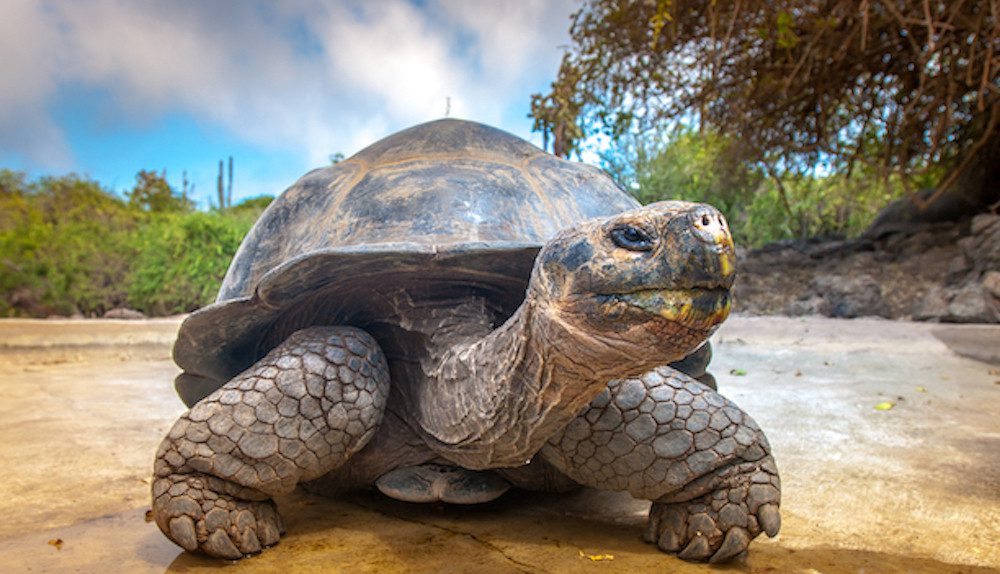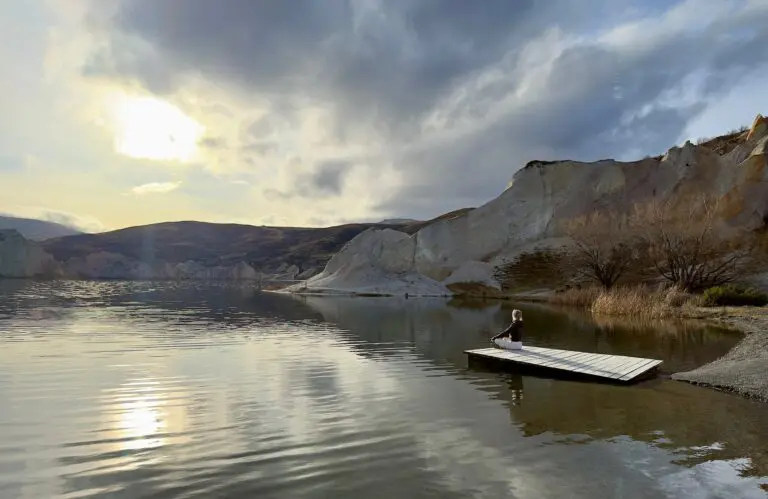Located around 1000 kilometres west of mainland Ecuador, the Galapagos Islands are a well-known wildlife kingdom.
Did you know that there are 15 unique species found here? From sea lions, to the giant tortoises and blue-footed boobies this archipelago is famous for, there is an animal for every enthusiast.
Myriad marine mammals

The first animal encounter on Santa Cruz island is the sleepy Galapagos sea lion. They may flick you a curious glance through half shut eyes as you alight the boat from Baltra airport, but most likely they will continue doing what they do best – snoozing atop a sea view bench.
More sea lion action is found at Los Tuneles – a series of lava tunnels straddling the water off the coast of Isla Isabela. You will hear the sea lions squabbling long before they emerge between the cactus-strewn volcanic rock formations, their coats slick from the ocean.
The Galapagos fur seal
The smallest, and perhaps sweetest, of all seal species with larger eyes and denser fur than sea lions. Search ‘Galapagos fur seal pups’ and prepare for cuteness overload. Find them in real life on Isla Fernandina or hunting well away from the shore at dizzying depths of 60 plus metres.
A reputation for reptiles

You are cruising along the lush back roads of Santa Cruz when your vehicle peeters to a standstill. Giant tortoise on the track! First rule of island life: wildlife comes first, so expect to wait patiently while this cumbersome creature – who could be up to 100 years old – makes its way across the road.
Iguanas, of land, Santa Fe land and marine species, call the Galapagos Islands home. The most frequently seen is the languid marine iguana. Inhabiting all islands but found nowhere else in the world, you will see them twisting their way along walkways, beaches, rocks or even taking a dip in the hotel swimming pool when nobody is looking.
For the twitchers

Bird life is sovereign with Galapagos albatross, American flamingos, hawks, the rarest species of penguin, and flightless cormorants living on the different islands.
However, the show-stealer must be the blue-footed booby. These super chilled birds with their aqua marine tootsies are present throughout, along with two other species of booby (the Nazca and red-footed booby).
Tilt your head skywards and you would be forgiven for thinking you had just seen a pterodactyl swooping past. Not quite, but with a wingspan of two metres plus, the frigate bird (coming in great and magnificent varieties) rule the airways in most Galapagos locations.
How to see them

Wonderous wildlife comes to those who travel. The journey from Australia takes you via Santiago where you can hop on the recently launched direct flight to Quito in five and a half hours. Chimu Adventures recommend acclimatising in this quirky Andean capital before flying to Baltra – the entry point to the Galapagos Islands.
Once on the archipelago, base yourself on dry land at the likes of Finch Bay (one of National Geographic Unique Lodge’s of the World), or board a boat such as La Pinta on a multi-day luxury cruise.
The Galapagos are huge (around 140,000km squared) and the big 15 can’t be seen everywhere. Some islands are uninhabited and only accessible by boat, while the human activity on others is surprising. It is, therefore, important your itinerary is planned accordingly.
Chimu’s Destination Specialists know where the Galapagos’ wildlife hang out so can help you tick off the big 15, whatever your creature comfort.
[maxbutton id=”1″ url=”https://www.chimuadventures.com/en-au/find?keywords=Galapagos+Islands” ]
- READ: Cruise line to eliminate millions of plastic bottles
- READ: Chimu explores the lasting effects of a paradise found
- READ: What does 2019 hold for Chimu Adventures
What animal do you want to see most in the Galapagos Islands?
This article was brought to you by:








